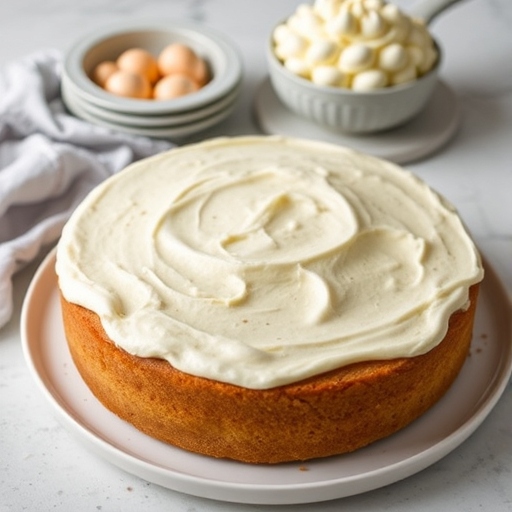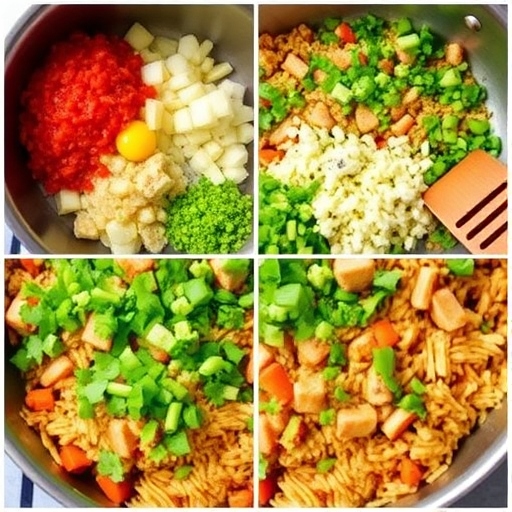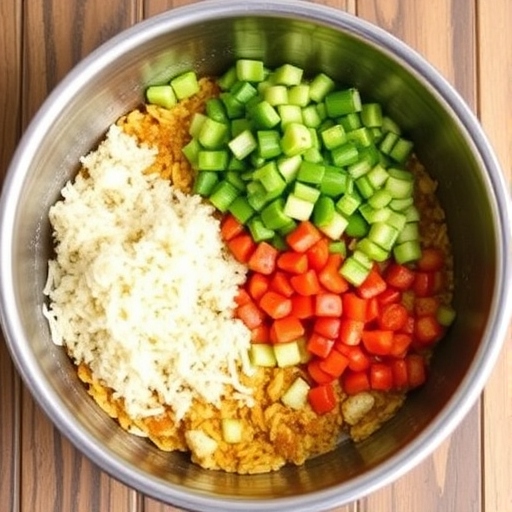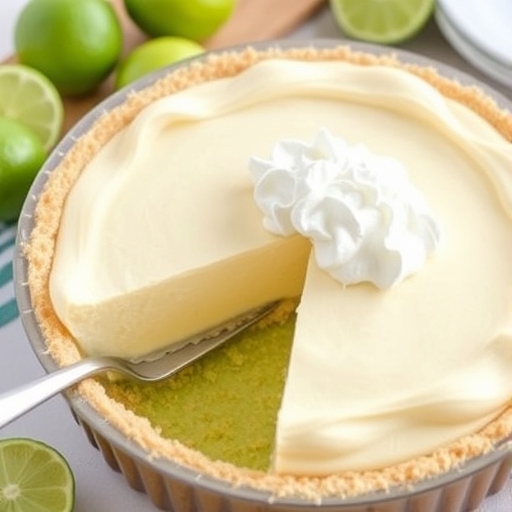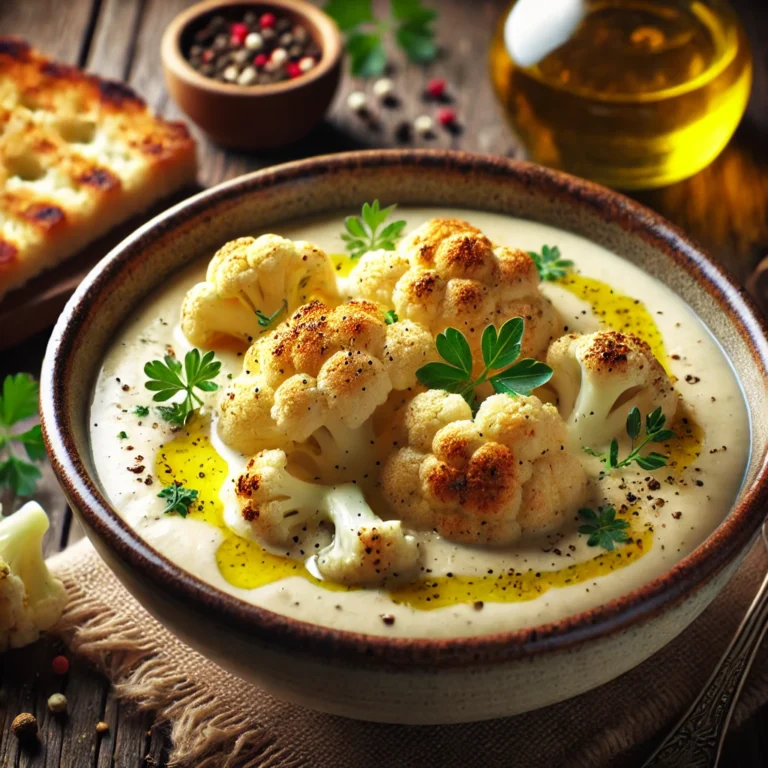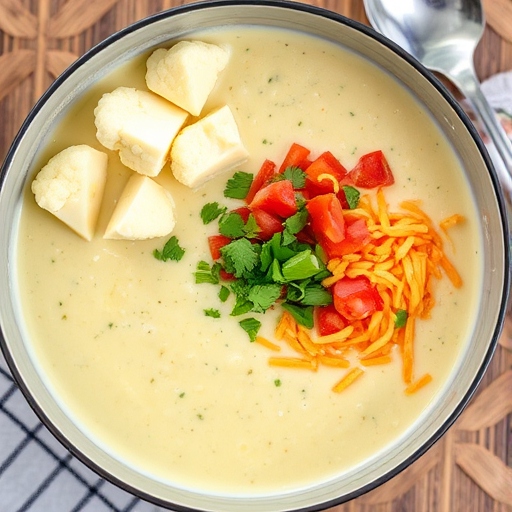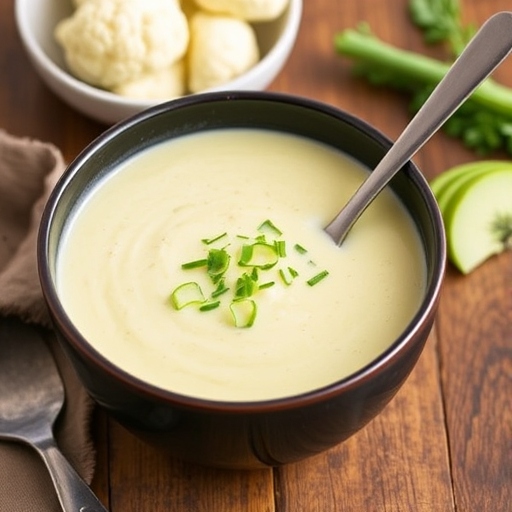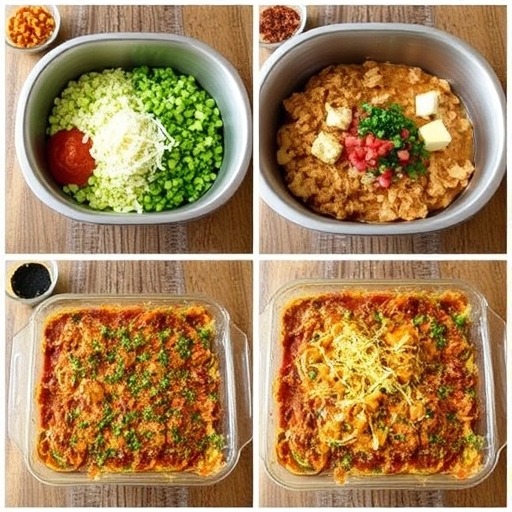Introduction
Grape salad is a refreshing and sweet treat that’s perfect for potlucks, picnics, or as a light dessert. This creamy salad blends the crispness of fresh grapes with a luscious cream cheese dressing, topped with crunchy brown sugar and pecans. It’s an effortless recipe that balances textures and flavors, offering a delightful experience in every bite.
Table of Contents
The Story Behind Grape Salad
Though grape salad feels like a classic Southern dish, its origins are somewhat mysterious. Some believe it originated in the Midwest and gained popularity across the U.S. thanks to its simplicity and universal appeal. Over the years, it has become a go-to recipe for gatherings, loved for its sweet and tangy flavor profile.
The Benefits of Making Your Own Grape Salad
- Customizable Sweetness: Adjust the sugar level to match your taste preferences.
- Healthier Ingredients: Use low-fat cream cheese or Greek yogurt for a lighter version.
- Crowd-Pleasing: A guaranteed hit for any event or celebration.
- Quick Preparation: Only a few minutes to assemble, making it ideal for last-minute needs.
Essential Ingredients for the Perfect Grape Salad
- Grapes: A mix of red and green seedless grapes for a vibrant, sweet, and tangy combo.
- Cream Cheese: Full-fat or low-fat, softened for easy blending.
- Sour Cream: Adds tanginess to balance the sweetness.
- Sugar: Granulated sugar for sweetness in the dressing.
- Vanilla Extract: A hint of warmth and depth.
- Brown Sugar: Sprinkled on top for a caramel-like flavor.
- Pecans: Chopped for crunch and nuttiness.
Cultural History of Ingredients
- Grapes: Domesticated over 6,000 years ago in the Middle East, grapes are now a global fruit staple.
- Cream Cheese: Originating in the U.S. in the 19th century, it has become a beloved ingredient for both sweet and savory dishes.
- Pecans: Native to North America, pecans have been a symbol of Southern cooking and hospitality.
Equipment You’ll Need
- Mixing Bowls: To prepare the dressing and toss the salad.
- Hand Mixer: For whipping the cream cheese and sour cream to a smooth consistency.
- Spatula: For gently folding the grapes into the dressing.
- Serving Dish: A large bowl or casserole dish for presentation.
Step-by-Step Instructions for Grape Salad
- Prepare the Grapes:
- Wash and dry the grapes thoroughly. Halve them if desired, especially for easier eating.
- Make the Dressing:
- In a mixing bowl, beat softened cream cheese, sour cream, granulated sugar, and vanilla extract until smooth and creamy.
- Combine Grapes and Dressing:
- Gently fold the grapes into the dressing until evenly coated.
- Add Toppings:
- Transfer the mixture to a serving dish. Sprinkle brown sugar and chopped pecans on top for a sweet crunch.
- Chill and Serve:
- Refrigerate for at least 1 hour before serving to let the flavors meld. Serve cold.


Suggestions for Serving and Storing
- Serving Suggestions:
- Pair with savory dishes like BBQ ribs or grilled chicken for a balanced meal.
- Serve as a dessert or side dish for festive occasions.
- Storing:
- Store leftovers in an airtight container in the refrigerator for up to 3 days. Avoid freezing, as the texture of the grapes will change.
Chef Simon’s Tips for Grape Salad
- Variety of Grapes: Use a mix of black, red, and green grapes for a stunning visual presentation.
- Nut Alternatives: Swap pecans for walnuts, almonds, or even crushed pretzels for a salty twist.
- Healthier Dressing: Substitute Greek yogurt for sour cream to add protein and reduce fat content.
Emotional and Psychological Impact of Food
The bright colors and creamy sweetness of grape salad evoke feelings of joy and nostalgia, making it a comforting addition to family meals or special gatherings. Its light yet indulgent taste is perfect for creating positive associations with shared experiences.
Mindful Cooking Techniques
- Engage Your Senses: Notice the vibrant colors of the grapes and the smooth texture of the dressing as you prepare the salad.
- Be Present: Take your time folding the dressing into the grapes, ensuring each one is evenly coated.
Tips for Keeping the Recipe Fresh Longer
- Store Separately: Keep the dressing and toppings separate from the grapes if preparing ahead of time. Combine just before serving for maximum freshness.
- Use Fresh Grapes: Ensure your grapes are firm and fresh to maintain the best texture.
Advanced Culinary Terms and Techniques
- Folding: Gently mixing ingredients to maintain their structure, used here to avoid crushing the grapes.
- Caramelization: The brown sugar topping lightly caramelizes over time, adding depth to the dish.
Healthy Ingredient Alternatives
- Low-Calorie Sweetener: Replace granulated sugar with stevia or monk fruit sweetener.
- Non-Dairy Option: Use plant-based cream cheese and coconut yogurt for a vegan version.
- Nut-Free: Omit nuts or replace with granola for a crunch without allergens.
More Serving Ideas
- Breakfast Parfait: Layer grape salad with granola and yogurt for a nutritious morning treat.
- Fruit Salad Mix: Add sliced apples, strawberries, or pineapple chunks for more variety.
- On Toast: Spread over a slice of whole-grain bread for a quick snack.
Common Issues and Solutions
- Watery Salad: Ensure grapes are fully dried before mixing to prevent excess liquid.
- Overly Sweet: Adjust sugar levels in the dressing to suit your taste.
- Soggy Topping: Add the brown sugar and pecans just before serving to keep them crisp.
Variations to Try
- Tropical Grape Salad: Add shredded coconut and a drizzle of honey for a tropical twist.
- Savory Grape Salad: Incorporate crumbled blue cheese and a touch of balsamic glaze.
- Berry Medley Salad: Mix grapes with blueberries, raspberries, and blackberries for added flavor and color.
Nutritional Information and Health Benefits
Per Serving (approx. 1 cup):
- Calories: 210
- Protein: 3g
- Fat: 10g
- Carbohydrates: 29g
- Fiber: 2g
Health Benefits:
- Grapes are rich in antioxidants and vitamin C, promoting overall health.
- Pecans provide healthy fats and essential nutrients.
- Yogurt-based dressing options add probiotics for gut health.
The Art of Pairing Grape Salad
- Main Course: Serve alongside roasted turkey or ham for a harmonious blend of sweet and savory.
- Beverage: Pair with a crisp white wine like Riesling or a sparkling cider.
- Dessert: Follow with a light lemon sorbet for a refreshing end to the meal.
Frequently Asked Questions (with answers)
Q: Can I make grape salad ahead of time?
A: Yes, prepare it up to 24 hours in advance, but add the toppings just before serving.
Q: Can I use frozen grapes?
A: While fresh grapes are ideal, frozen grapes can work in a pinch but may alter the texture.
Q: What’s a good nut-free topping?
A: Try granola, crushed graham crackers, or sunflower seeds for crunch.
Conclusion
Grape salad is a versatile, crowd-pleasing dish that’s as easy to make as it is to enjoy. Its creamy texture, vibrant colors, and sweet-tangy flavors make it a standout addition to any table. Whether you’re hosting a potluck or craving a unique dessert, this recipe is guaranteed to impress. Give it a try and see how quickly it becomes a favorite in your home!
Thank you for visiting SqueezyRecipes! We’re dedicated to making cooking enjoyable and accessible for everyone, regardless of your skill level. Chef Simon is always ready to share the best recipes that bring a creative touch to your daily meals. With each visit, you’ll discover new recipes and innovative ideas that cater to every occasion. Don’t miss out on exploring SqueezyRecipes for the latest delicious dishes, and feel free to leave your feedback and share your experiences with the recipes you’ve tried. Cooking together makes everything better!



